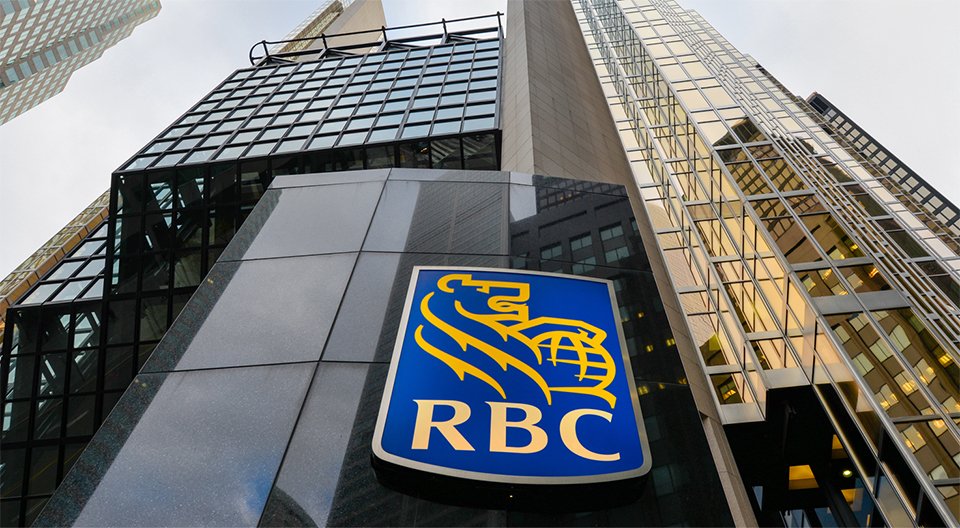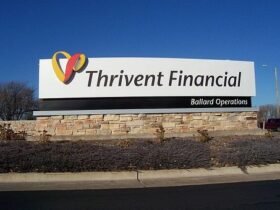Introduction
RBC charitable financial planning represents a meaningful integration of philanthropy with long-term wealth stewardship. In an era where purpose-driven financial decisions resonate more than ever, RBC (Royal Bank of Canada) provides a comprehensive, flexible framework for aligning charitable giving with wealth management goals. Whether you wish to support causes during your lifetime, establish a legacy through your estate, or involve your family in intentional philanthropy, RBC’s approach ensures your values, financial goals, and legacy plans are seamlessly intertwined. This article dives deep into RBC’s tools, strategies, and advantages, while guiding you step by step on how to begin your charitable giving journey with confidence.
1. What Is RBC Charitable Financial Planning?
At its core, RBC Charitable Financial Planning encompasses the strategic incorporation of philanthropy into your broader wealth plan. Unlike traditional wealth management, this approach recognizes charitable giving as an economic vehicle, not merely an act of goodwill. RBC Wealth Management’s philanthropic advisory services work hand in hand with your advisor to align your financial plan with the causes you care about. They craft tailored solutions that balance tax efficiency, family values, investment goals, and legacy objectives into a single, cohesive strategy.
2. Key Charitable Giving Tools and Strategies
Donor-Advised Funds (DAFs)
DAFs are one of the most flexible and tax-efficient giving options RBC offers. You contribute cash, securities, or other assets to a DAF and immediately receive tax benefits. The funds are then invested tax-exempt, under the guidance of your RBC advisor, and you retain advisory privileges on when and to which charities grants are made. DAFs offer simplicity, cost savings, and enduring impact, often with fewer administrative burdens than private foundations.
RBC Charitable Gift Program (CGP)
For individuals and families seeking a simplified alternative to establishing a private foundation, RBC’s CGP stands out. You establish and name a charitable gift fund with a minimum initial gift (e.g., \$25,000), receive an immediate tax receipt, and your advisor oversees the fund’s investment and administration via the Charitable Gift Funds Canada Foundation. Grant recommendations—subject to a minimum amount—can be made at your discretion, and you may name successors to carry forward your philanthropic intentions.
Donation of Appreciated Assets and Securities
Instead of giving cash, donating appreciated securities can offer significant tax benefits. By providing ownership directly to the charitable vehicle, you eliminate capital gains taxes and may receive a donation receipt for the fair market value at the time of donation. This approach can amplify your philanthropic impact while aligning tax strategy with gifting objectives.
Charitable Bequests and Legacy Gifts
Thoughtfully integrating charity into your estate plan is another powerful tool. RBC supports planned giving through provisions in your Will, enabling you to leave assets or establish a charitable fund as part of your legacy. Such estate-based giving can help reduce estate taxes while fulfilling your long-term philanthropic vision.
Private Foundations
For those desiring hands-on control, a private foundation offers maximum autonomy in grant-making. Though administratively intensive—requiring annual filings, governance, and issuing your receipts—RBC and its philanthropic services can assist in establishing and managing the complexities of such a structure.
3. Benefits of RBC Charitable Financial Planning
Tax Efficiency
Whether through DAFs or the CGP, charitable giving via RBC delivers tangible tax advantages. You can claim deductions for contributions, avoid capital gains taxes, and reduce your taxable estate—all while making meaningful philanthropic investments.
Administrative Simplicity
DAFs and the CGP minimize your administrative workload. Fund management, legal compliance, investment oversight, and grant issuance are handled by trusted partners, freeing you to focus on choosing where and how your gifts make a difference rather than getting bogged down in paperwork.
Strategic Oversight
With your RBC advisor collaborating alongside legal and tax professionals, your charitable plan becomes integrated with your broader financial goals—whether that’s generating income, transitioning wealth, or stewarding multigenerational values.
Multigenerational Legacy
Engaging family in philanthropic planning imparts values across generations. RBC’s frameworks support naming successors or co-advisors, turning giving into a family affair that honors your legacy long after you’re gone.
4. How to Get Started
- Step 1: Clarify Your Purpose
Begin by reflecting on your philanthropic vision. What causes you? Do you aim to give now, later, or both? Defining your motivations and intended impact lays the groundwork for strategic planning. - Step 2: Meet with Your RBC Advisor
Speak with your RBC Wealth Management advisor to explore available charitable giving vehicles—DAFs, CGP, bequests, or private foundations. Together, you’ll align options with both giving goals and tax or estate planning needs. - Step 3: Coordinate with Legal and Tax Experts
Tax implications, estate laws, and documentation vary by giving structure and jurisdiction. Working alongside qualified legal and tax professionals ensures your plan is optimized and fully compliant. - Step 4: Establish and Fund Your Chosen Vehicle
Once your approach is set—say, opening a CGP fund with \$25,000, or contributing securities to a DAF—initiate the funding process. RBC handles administration, investment, and grant mechanisms thereafter. - Step 5: Manage, Grant, and Review
Submit grant recommendations over time, update your giving plan as circumstances evolve, and revisit it regularly with your advisor. Consider evolving causes, tax changes, or family input as part of this living plan.
5. Best Practices and Things to Watch
Align Gifts with Vision
Match your charitable tools to your values—DAFs and CGP for flexibility, bequests for legacy, foundations for control. Choosing the proper structure enhances both satisfaction and impact.
Review Annually
Life changes, tax laws shift, and priorities evolve—regular reviews help ensure your charitable financial planning remains aligned and effective over time.
Plan Succession
Whether naming fund successors in the CGP or co-advisors in a DAF, creating a continuity plan ensures your philanthropic vision lives on beyond your lifetime.
Understand Trade-offs
Foundations offer control but require more effort; DAFs offer simplicity but less direct governance. Evaluate which trade-offs make sense for your values, resources, and preferences.
Conclusion
By weaving charitable intentions into your broader wealth strategy, RBC Charitable Financial Planning empowers you to leave an enduring legacy—one that resonates with your values, engages your loved ones, and strengthens communities. Whether through the streamlined flexibility of a donor-advised fund, the elegant simplicity of the CGP, or the structure of legacy gifts and foundations, RBC offers a suite of solutions to fit your journey. Start today by reaching out to your RBC advisor—it’s never too early or too late to make giving a core part of your financial story.





